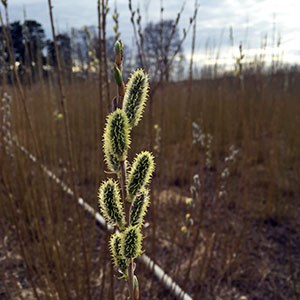Contact
Per-Anders Hansson
Professor at the Department of Energy and Technology, SLU
Telephone: 018-671877, 070-5545898
E-mail: per-anders.hansson@slu.se

How can we optimize Salix plantations to obtain more positive climate effects? In this project we use Life cycle assessment (LCA), a powerful tool for quantifying the environmental impacts of biobased production.
Life cycle assessment (LCA) has emerged as a powerful tool for quantifying the environmental impacts of biobased production. This has been especially clarified by the intensive research and policy development on greenhouse gas emissions from biofuels in recent years.
Newly published methodology, including dynamic modelling of carbon dynamics and global temperature increase using response functions, has further increased the power and usability of LCA. A major strength of LCA is its ability to estimate environmental impacts per unit of product. For integrated strategies the environmental impact of biorefineries should be divided over several high-value end products.
Recent time dynamic LCAs have shown the capability of a Salix field to both produce energy carriers and cool the global climate. The cooling effect is mainly due to increased amounts of carbon in soil and above ground biomass, carbon otherwise released as CO2 to the atmosphere.
Professor at the Department of Energy and Technology, SLU
Telephone: 018-671877, 070-5545898
E-mail: per-anders.hansson@slu.se